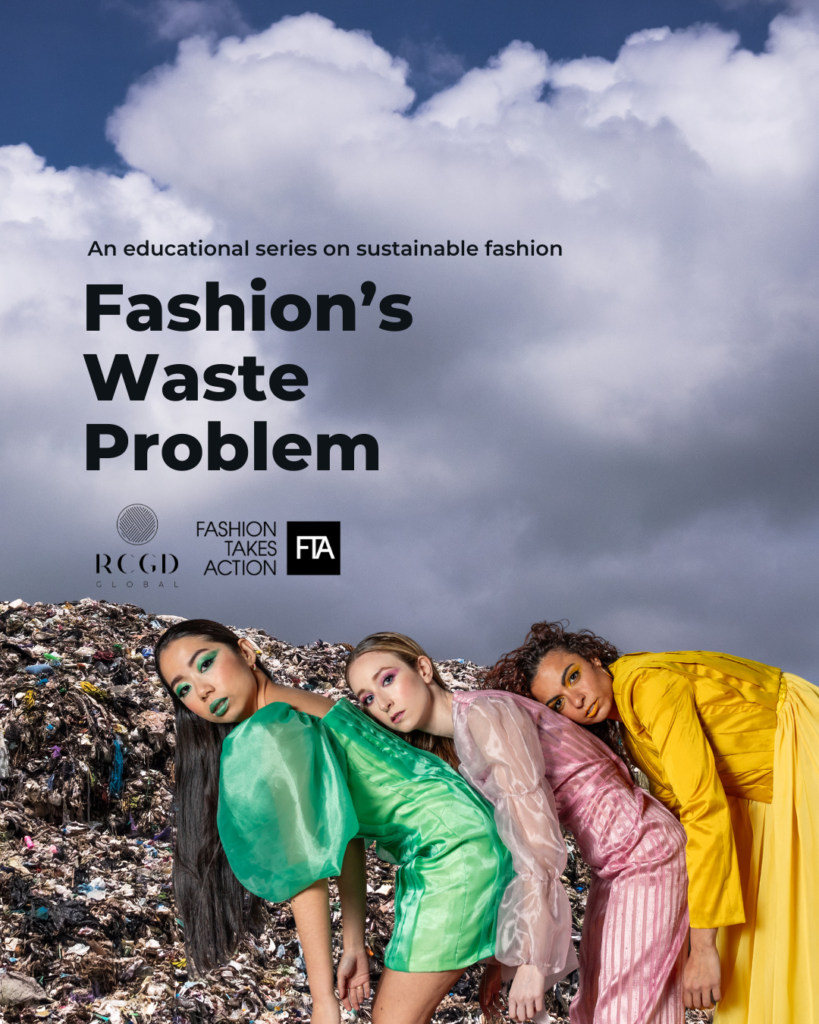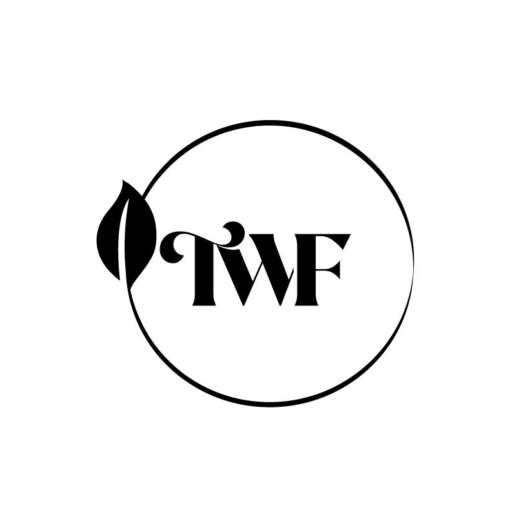A new collaboration between Red Carpet Green Dress Global and Fashion Impacts offers an educational video series to introduce sustainable fashion to schools. Here’s what we can all learn about our fashion footprint.
What is sustainable fashion? Considering that it’s an ever-evolving umbrella term that refers to a way that clothing is sourced, produced, and consumed to minimize its impact on people, the planet, and animals- it can seem like a confusing term to simply define. But, like all things, the younger we are when we learn a concept, the easier it is to define and adapt. Putting that idea into play, Red Carpet Green Dress Global (RCGD) and Fashion Impacts have collaborated on a course that introduces sustainable fashion to schools. But, those of us who are simply interested in learning more about fashion’s impact can also learn from the series too.
Both organizations have a history of delivering accessible content about sustainable fashion. Since 2009, RCGD Global has built relationships with educational institutions around the globe to offer emerging designers and fashion students the tools to learn about sustainable design and opportunities to put those concepts into action. Since 2014, Fashion Impacts has offered the My Clothes My World workshop to 30,000 students in grades four to twelve to empower them with knowledge about the social and environmental impact of the fashion industry. Together, the organizations unlock the answer to “what is sustainable fashion” through a six-part video series titled RCGD Global x Fashion Takes Action. Centering around topics such as waste, design, and pollution, each video is less than ten minutes long and answers questions about sustainable fashion with actions viewers can take now.
While schools can reach out to organizations for more in-depth workshops, the videos on the website now are a quick antidote to jumpstart your step away from fast fashion. Samata Pattinson, CEO of RCGD Global, shares more about how the series began and shares her insight about the unsustainable side of the fashion industry and what is happening now to create an industry that has a better impact.
How did the partnership between Fashion Impacts & RCGD begin?
We share the common goal of educating society on the impact of the fashion industry, so our partnership came up quite naturally. It’s harder to change your shopping habits and preferences as a grown-up as your mindset might be more set, yet you have more financial freedom at the same time. I think getting this dialogue in for young minds is important, as is introducing sustainable fashion to schools’ agenda – something key to promoting change from a young age, especially in an era when consumption is encouraged more than ever through social media.
How did you learn about slow fashion and the industry’s impact?
Growing up, in her spare time, my mother would make garments for me and my sisters, and that is when my love for slow fashion started, even without me realizing it. After having my first job in fashion as a Marketing Director, and doing some research on the subject, I came to acknowledge the impact that the fashion industry was having on the planet and its people. Since then, the more I learned, the more I wanted to change things, and taking part in 2011’s Red Carpet Green Dress Contest was a first step. I couldn’t have imagined back then I would be the CEO of the company a few years later, but joining the organization and having the resources and responsibility to shed light on the issues of the fashion industry has made me want to be more and more educated every day.
There was never a really distinct single moment before RCGD Global, but since then, it feels like it is all the time.
What’s the next step someone can take to minimize their impact?
There isn’t only one next step and even the smallest contribution can have a big impact, so it depends on each individual’s possibilities. Governments and brands have a lot of responsibility to own, and making them accountable can be an action to take, whether that entails signing a petition or sending a letter. But there are also smaller actions to take on a day to day to help things change, such as opting for second-hand clothing and renting instead of consuming fast fashion. Even taking a sewing course will be impactful.
How much pollution are you wearing right now?
Anything we buy, even if sourced locally or produced responsibly has some kind of impact on our environment. However, I try to be as coherent as possible with my values and mission to change the fashion industry. Everything I’m wearing right now is either from a sustainable label, something of high quality, or I’ve had for over five years. Becoming more sustainable doesn’t mean getting rid of everything we have and buying new ‘sustainable’ clothes, as it is much more sustainable to give a long life to what we already own.
How do you think the fashion industry got to this point of being a major polluter?
As the world and industries were being globalized, fashion businesses realized they could relocate their production to the global south to cut down costs, as labor conditions in these areas weren’t as regulated. This reduction of costs helped reduce costs and increase the room for exploitation, with the consequent boom of fast fashion brands and the current massified production system. In addition, we have lost connection with how things are being made – and that distance has created a lack of care which makes us regard people and the planet as being throwaway.

Why is the fashion industry unregulated when it comes to its environmental impact?
The fact that is such a globalized industry doesn’t help, as an effective change would need to come from agreements between governments worldwide. There is a lot of greenwashing in the industry because of a lack of transparency and traceability. Companies in Europe can claim one thing, but what they might do across the world might be completely different. There is a need for cooperation to make real change.
In your opinion, what can the industry do better and what are they doing better now?
There needs to be more education from a young age, and that is why our partnership and the educational videos we have created are so important to us. Besides the government’s obvious responsibility, we have the power to stop this unsustainable system by changing our habits, as businesses will be forced to change if they no longer have an audience and a consumer.
Many businesses are working towards a more sustainable production and wholesale system, and that can encourage others to follow their steps and invest resources towards a more conscious future.
This series is about providing information for everyone to make better choices! By creating accessible, engaging content to understand complex concepts about sustainable fashion we aim to uncover sustainability terms and learn more about the huge impact fashion has on the planet and people, understand the barriers and challenges faced, and start learning how to be part of the solution in any small way, and engage with sustainable fashion in their own lives and know what to look for, and how to interact with clothes.

